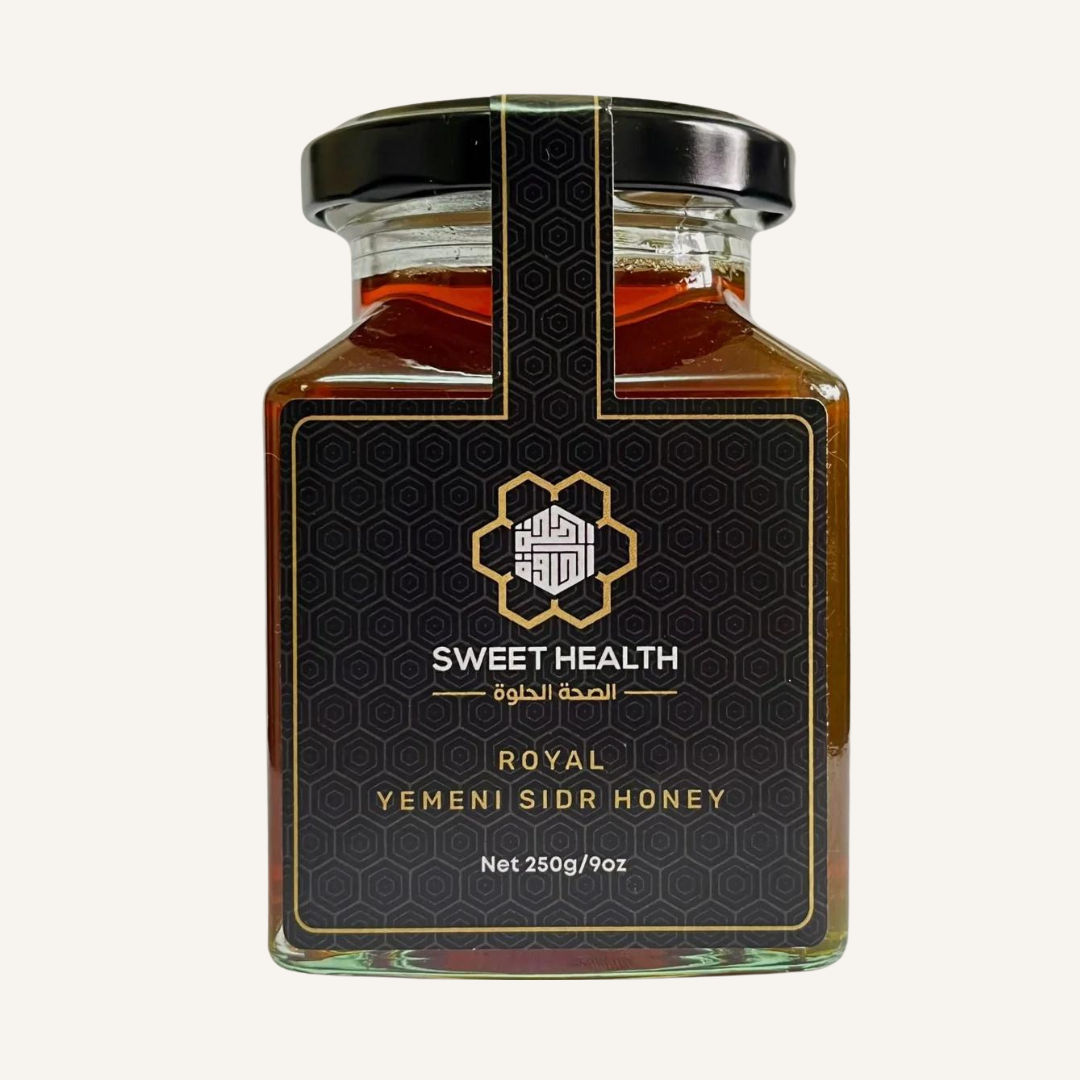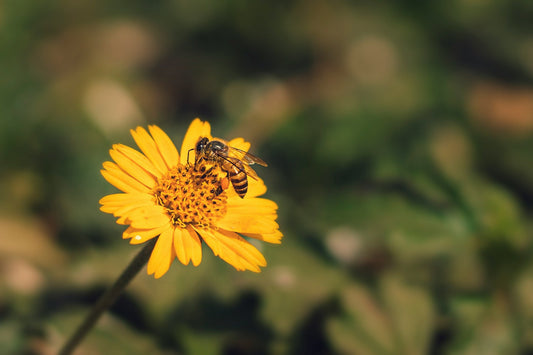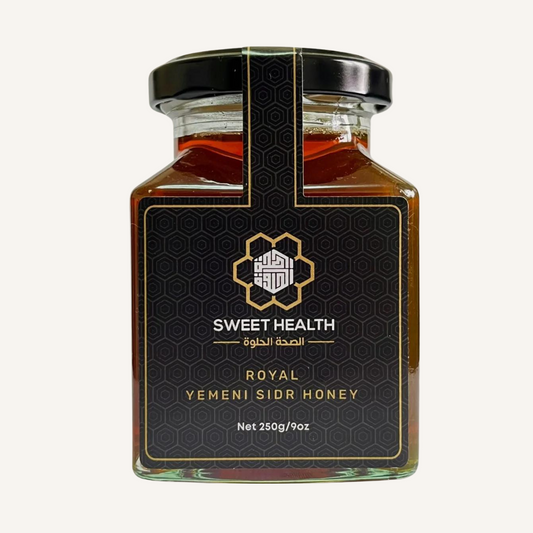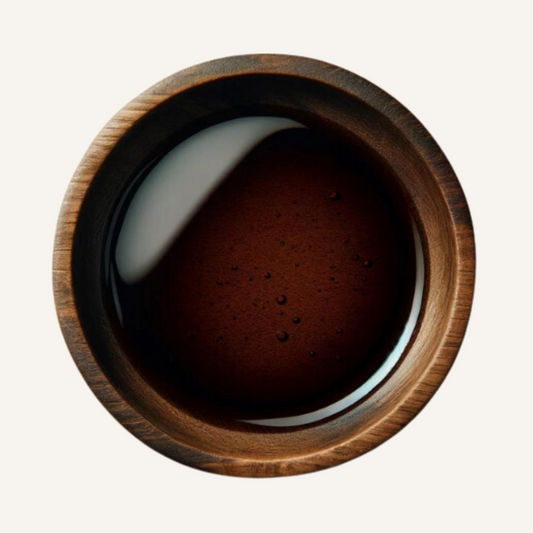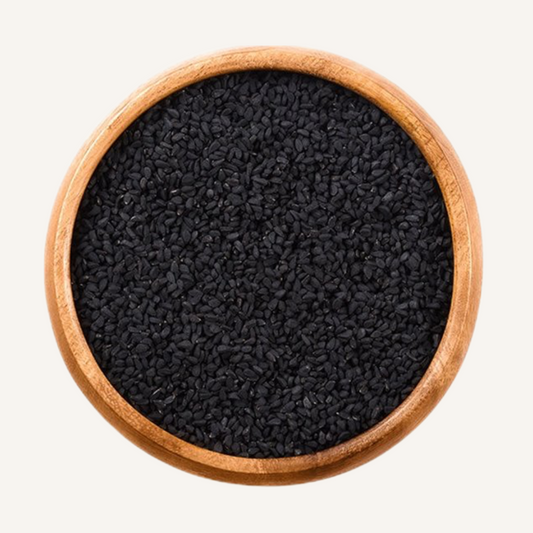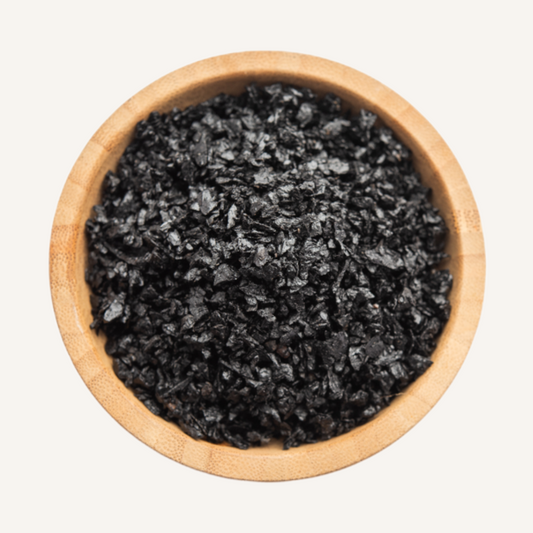
Yemeni Sidr Honey and Its Nourishing Effects on Skin
Ilyas KhanShare
From Cleopatra to modern-day skincare enthusiasts, people have been using honey for its beautifying properties for ages. But what makes Yemeni Sidr honey so special? In this article, we'll dive deep into the properties of this golden elixir and discover how it can transform your skin into a radiant, glowing masterpiece. So sit back, grab a jar of honey, and get ready to learn all about the amazing benefits of Yemeni Sidr honey for your skin!
What is Yemeni Sidr Honey?
Yemeni Sidr honey is a type of honey that is produced by bees that feed on the nectar of the Sidr tree, which grows in the Hadramout region of Yemen. The Sidr tree is an evergreen tree that can grow up to 10 meters tall and has a distinctive that is often used in traditional medicine. The honey produced from the nectar of these trees is dark and has a rich, robust flavor.
Yemeni Sidr honey is a raw honey, which means it is not processed or heated. This preserves its natural enzymes, vitamins, and minerals, which are all beneficial to the skin. The honey also contains antioxidants, antibacterial and anti-inflammatory properties that make it a popular ingredient in skincare products.
Nourishing Effects of Yemeni Sidr Honey on the Skin
Moisturising
Yemeni Sidr honey is a natural humectant, which means it attracts and retains moisture in the skin. This makes it an excellent ingredient in moisturizers, as it helps to keep the skin hydrated and prevents dryness. The honey also contains amino acids and vitamins that nourish and hydrate the skin, leaving it soft and supple.
Anti-aging
Yemeni Sidr honey is rich in antioxidants, which help to protect the skin from damage caused by free radicals. Free radicals are unstable molecules that can damage cells and accelerate the aging process. The antioxidants in Yemeni Sidr honey help to neutralize these free radicals, reducing the appearance of fine lines and wrinkles and keeping the skin looking youthful.
Anti-inflammatory
Yemeni Sidr honey has anti-inflammatory properties, which can help to reduce redness and inflammation in the skin. This makes it an effective ingredient in skincare products for people with sensitive or acne-prone skin. The honey also has antibacterial properties, which can help to prevent and treat acne.
Exfoliating
Yemeni Sidr honey contains enzymes that can help to exfoliate the skin gently. This helps to remove dead skin cells, unclog pores, and promote cell turnover. Regular exfoliation can help to brighten the complexion, reduce the appearance of fine lines, and improve skin texture.
Why is Yemeni Sidr Honey Good for the Skin?
Yemeni Sidr honey is packed with antioxidants, antibacterial, and anti-inflammatory properties, which make it an excellent natural ingredient for skin care. Let's explore some of the benefits of Yemeni Sidr honey for the skin.
Moisturises the skin
Yemeni Sidr honey is a natural humectant, which means it can draw moisture from the air and lock it into the skin. This property helps to keep the skin hydrated, soft, and supple, and prevent dryness and flakiness.
Soothes and Calms the skin
The anti-inflammatory properties of Yemeni Sidr honey can help to soothe and calm irritated skin. It can be particularly useful for people with eczema, psoriasis, and rosacea. Applying a honey mask to the affected area can help to reduce inflammation, redness, and itching.
Exfoliates and brightens the skin
Yemeni Sidr honey contains natural alpha-hydroxy acids (AHAs), which help to exfoliate dead skin cells, promote cell turnover, and brighten the complexion. Regular use of honey on the skin can help to reveal a smoother, more radiant, and youthful-looking complexion.
Fights Acne
Yemeni Sidr honey has antibacterial properties that can help to fight acne-causing bacteria. It can also help to unclog pores and prevent the formation of new pimples. Applying honey to the face as a mask can help to reduce the severity and frequency of acne breakouts.
How to Use Yemeni Sidr Honey on the Skin?
There are several ways to incorporate Yemeni Sidr honey into your skincare routine. Here are some simple DIY honey-based skincare recipes:
- Honey face mask:
Mix 1 tablespoon of Yemeni Sidr honey with 1 tablespoon of plain yogurt and apply the mixture to your face. Leave it on for 10-15 minutes before rinsing off with warm water.
- Honey and oatmeal scrub:
Mix 1 tablespoon of Yemeni Sidr honey with 1 tablespoon of ground oatmeal and 1 tablespoon of warm water. Massage the mixture onto your face in circular motions for 2-3 minutes before rinsing off with warm water.
- Honey and lemon toner:
Mix 1 tablespoon of Yemeni Sidr honey with 1 tablespoon of fresh lemon juice and 1 tablespoon of distilled water. Apply the mixture to your face using a cotton pad after cleansing.
It is important to note that Yemeni Sidr honey is a natural ingredient and may not be suitable for everyone. If you have a honey allergy, it is best to avoid using this ingredient in your skincare routine. Additionally, some people may experience skin irritation or an allergic reaction when using honey on their skin. It is recommended to do a patch test before using any new skincare product containing honey.
Conclusion
Yemeni Sidr honey is a natural ingredient that has been used for centuries in traditional medicine. Its many health benefits make it a popular ingredient in skincare products, particularly for its nourishing effects on the skin. The honey's moisturizing, anti-aging, anti-inflammatory, and exfoliating properties make it an excellent ingredient in cleansers, masks, moisturizers, and serums. However, it is important to note that honey may not be suitable for everyone, and it is recommended to do a patch test before using any new skincare product containing honey.
References:
-
Al-Waili, N. S. (2012). Natural honey lowers plasma glucose, C-reactive protein, homocysteine, and blood lipids in healthy, diabetic, and hyperlipidemic subjects: Comparison with dextrose and sucrose. Journal of medicinal food, 15(7), 569-573.
-
Burlando, B., & Cornara, L. (2013). Honey in dermatology and skin care: a review. Journal of cosmetic dermatology, 12(4), 306-313.
-
Majtan, J., Klaudiny, J., & Majtanova, N. (2018). Biomedicinal properties of honeybee-collected pollen and bee bread: a review. Molecules, 23(2), 1-17.
-
Seratlić, S., Ibrahimagic, A., Sofić, E., & Grujičić, D. (2017). Honey in dermatology and skin care: a review. Acta dermatovenerologica Croatica, 25(2), 92-96.
-
Yusuf, N., & Irshad, M. (2017). Honey: An immunomodulatory agent for disorders of the skin. Journal of Pakistan Association of Dermatologists, 27(3), 242-249.
